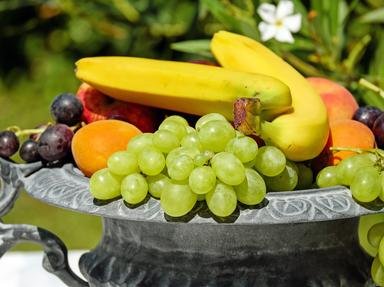
Am I Red? Trivia Quiz
Fruit Colours
Can you recognise the red fruits hiding in this fruit bowl, and leave the rest behind? Some have red skins, some have red flesh, some are cultivars of fruits that also come in other colours.
A collection quiz
by looney_tunes.
Estimated time: 3 mins.